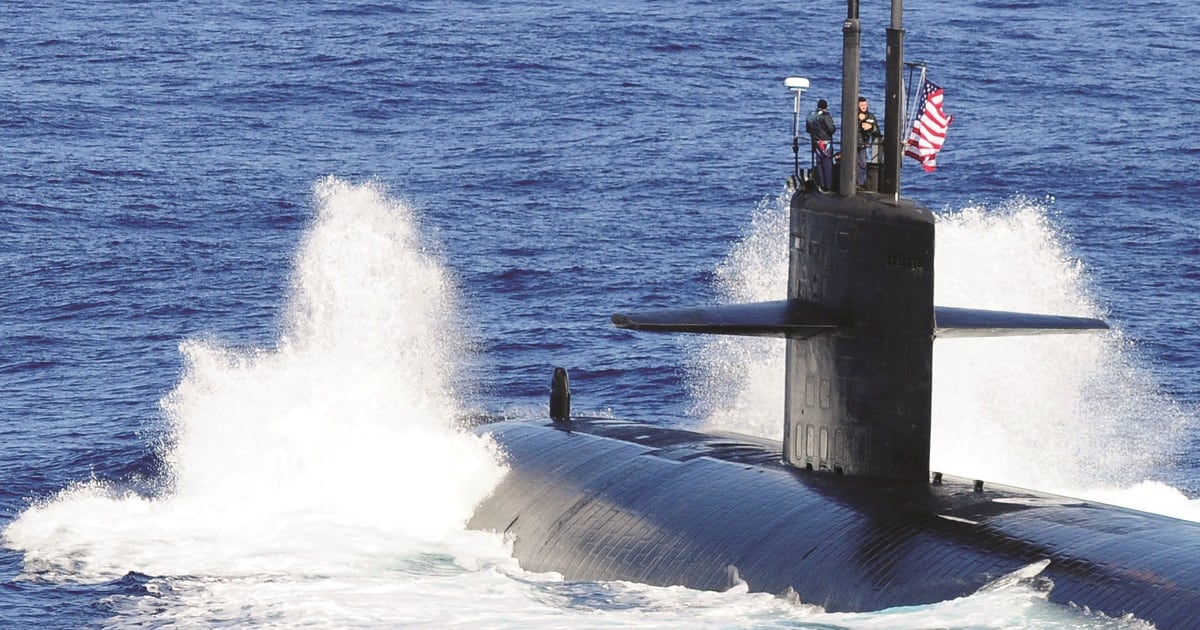If a Chinese submarine took out a ship, another submarine or ashore infrastructure during combat, how would the Navy respond to fill the gap?
Naval Undersea Warfare Center Division Keyport recently conducted a “first of its kind” warfighting readiness tabletop exercise, focused on command, control and communication, to address that question.
The evaluation of the Navy’s wartime acquisition response plan, held at Naval Base Kitsap-Keyport in Washington, featured three scenarios in which participants identified solutions to deal with damage to aircraft, ships, submarines and ashore infrastructure during sustained conflict.
The options to manage such a crisis included “innovative” repair solutions as well as optimal asset reallocation, the Navy said.
Representatives from the Naval Sea Systems Command warfare centers, the NAVSEA Warfare Centers Headquarters and the Naval Sea Logistics Center participated in the mid-June exercise. It represented the first time all 10 warfare center divisions, headquarters and the logistics center took part in the in-person wartime exercise, the Navy said in a July 5 news release.
The warfare centers then provided feedback on each of the scenarios, including action items, insights and recommendations. According to Caeleigh Villarreal, Keyport’s advanced skills management logistics lead, the exercise provided the warfare centers with a “wealth of actionable data” that is influencing wartime response plans as well as preparation for the Pacific Fleet’s biannual Talisman Sabre exercise, which kicks off later this month.
RELATED

Australia hosts Talisman Sabre, and this year’s exercise will include 30,000 military personnel from 13 nations. It will include field training exercises such as force preparation activities, amphibious landings, ground force maneuvers, air combat and maritime operations.
Talisman Sabre is the largest bilateral training event between the U.S. and Australian militaries, and Australia’s Department of Defence says this will be the largest iteration of the exercise to date.
“The scale is an order of magnitude higher than anything that has ever been done before,” Brig. Gen. Jered Helwig, commander of the U.S. Army’s 8th Theater Sustainment Command out of Fort Shafter, Hawaii, told sister publication Defense News in April, during an interview at the Association of the U.S. Army’s Global Force Symposium.
In 2021 James Geurts, the former assistant secretary of the Navy for research, development and acquisition, instructed all field activities to coordinate a tabletop exercise to evaluate wartime acquisition response plans that tied together command, control and communications.
Navy leaders have cautioned in recent years about increased undersea threats from Russia and China. Actions the Navy has taken in recent years to mitigate these threats include standing up the 2nd Fleet in 2018 in Norfolk, Virginia, in response to greater levels of Russian activity in the North Atlantic and Arctic — including undersea.
The U.S. is also teaming up with Australia and the United Kingdom to beef up submarine presence long-term in the Pacific Ocean.





